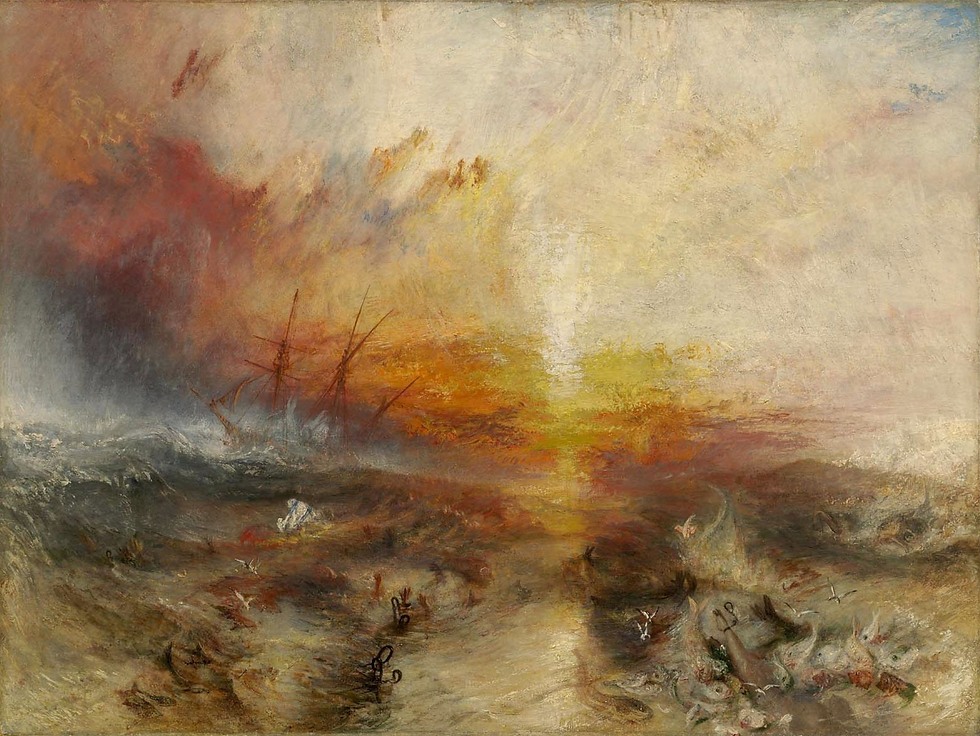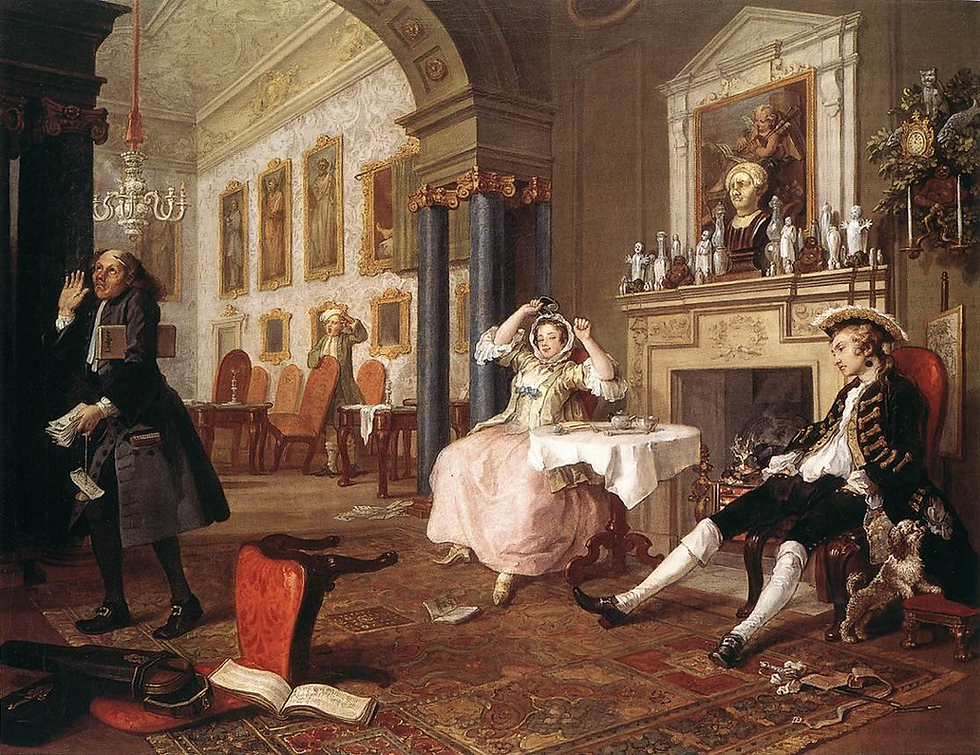Primavera by Sandro Botticelli
- vivi2tang
- Nov 3, 2023
- 2 min read
Updated: May 30

The beginning of the 15th century, Italy experienced a large change in their lives. People during the Middle Ages were simply trying to stay alive by farming. In this period, all of the art was religious and mostly two-dimensional. However, in the Renaissance Era, Italy had a boom in wealth, which created a strong culture. Prosperous individuals commissioned artists to create art for them. This art was creative and unlike anything before. Society started to focus less on religion, and the art became three-dimensional. It included humanistic and secular topics. Primavera, created in 1481-1482 by Sandro Botticelli, was one such example of Renaissance art.
In Italian, “primavera” means “Spring.” The piece depicted figures from classical Greek and Roman mythology in the garden of Venus, which meant that it was not religious. Primavera also depicted a group of figures standing by an orange tree,the family symbol of the Medici family that commissioned the piece. On the far left stands Mercury getting rid of the clouds of Winter and bringing in Spring. Next to him are the Three Graces, who symbolize the virtues of Chastity, Beauty, and Love. Then, there is Venus in the center, and she cares for the institution of marriage. Flying above, there is Cupid shooting arrows at the Three Graces. On the right, Zephyrus is holding a nymph named Chloris, who turns into Flora when he touches her. Flora is the goddess of spring and fertility, so this part of the painting symbolizes the transition from Winter to Spring.
One popular interpretation of the piece is that it is a symbol of Neoplatonic love. Neoplatonism was a religious system created during the 3rd century AD that went against Hellenistic philosophy and religion. A major belief in this system was that happiness could be achieved in this lifetime and that you didn’t have to wait until the afterlife. In Neoplatonic philosophy, Venus was seen as the embodiment of love.
An even more well-known interpretation is that it was made for the marriage of Lorenzo di Pierfrancesco de' Medici. Botticelli was a painter under the Medici family, the most prominent family during the Renaissance, who highly contributed to the amount of art in Florence. Venus is reflected as the goddess of marriage, as she is dressed in marriage attire. Cupid is also in the image, who is seen shooting arrows of love toward Zephyrus and Chloris.
Overall, the piece depicted the transformation of art between the Middle Ages and the Renaissance Era.




Comments